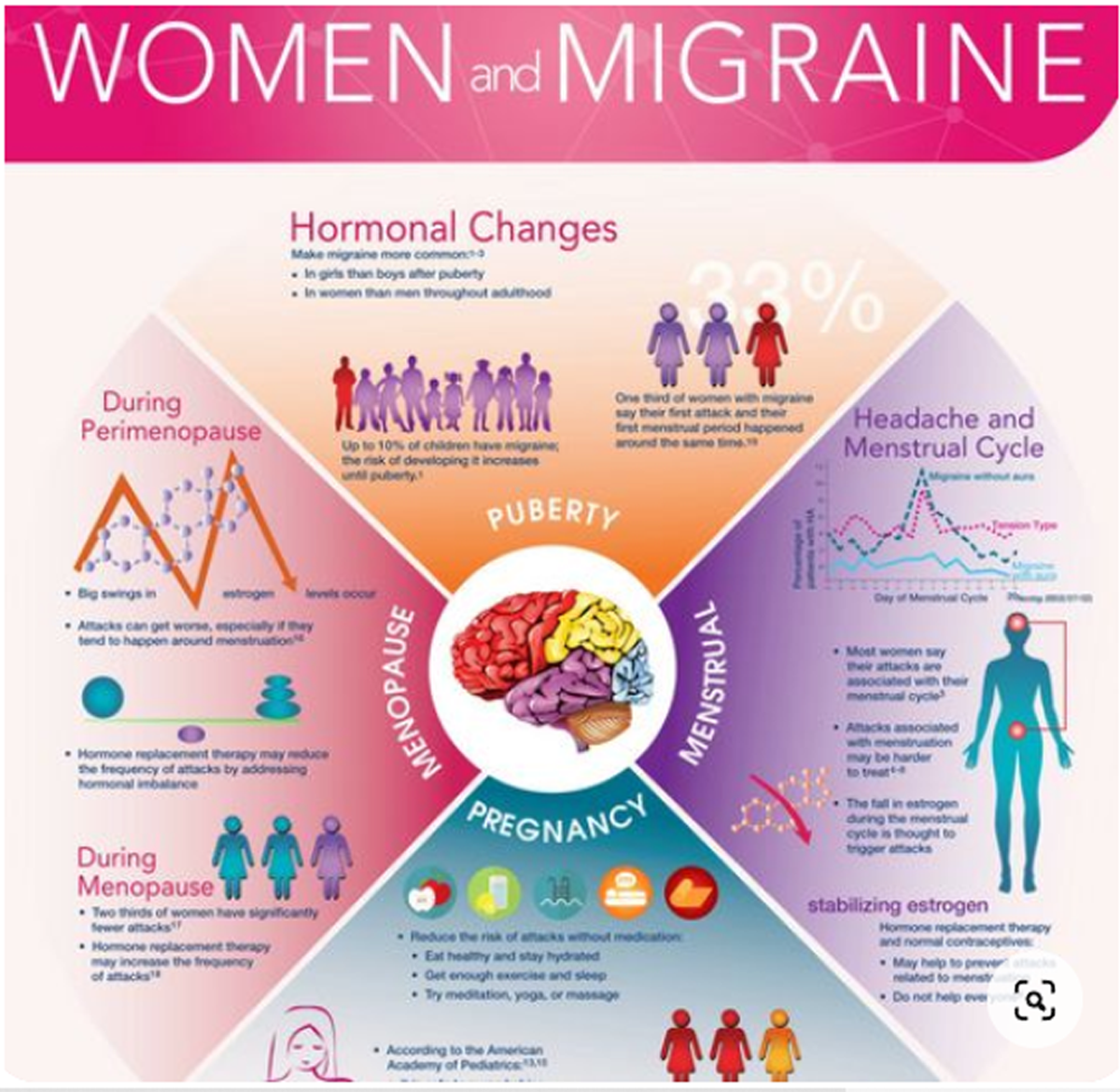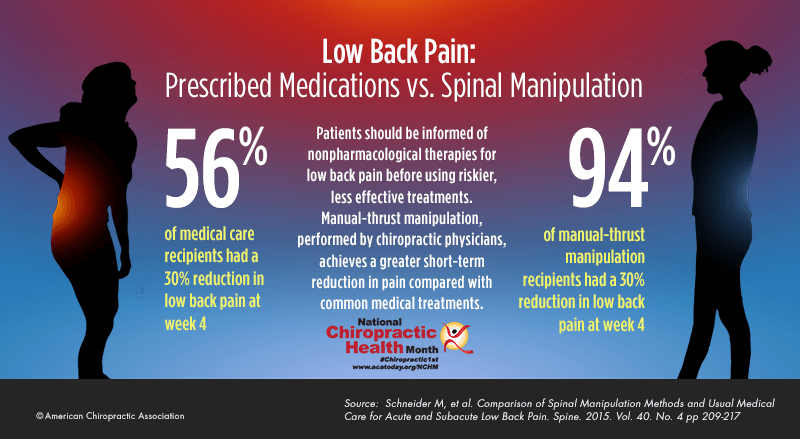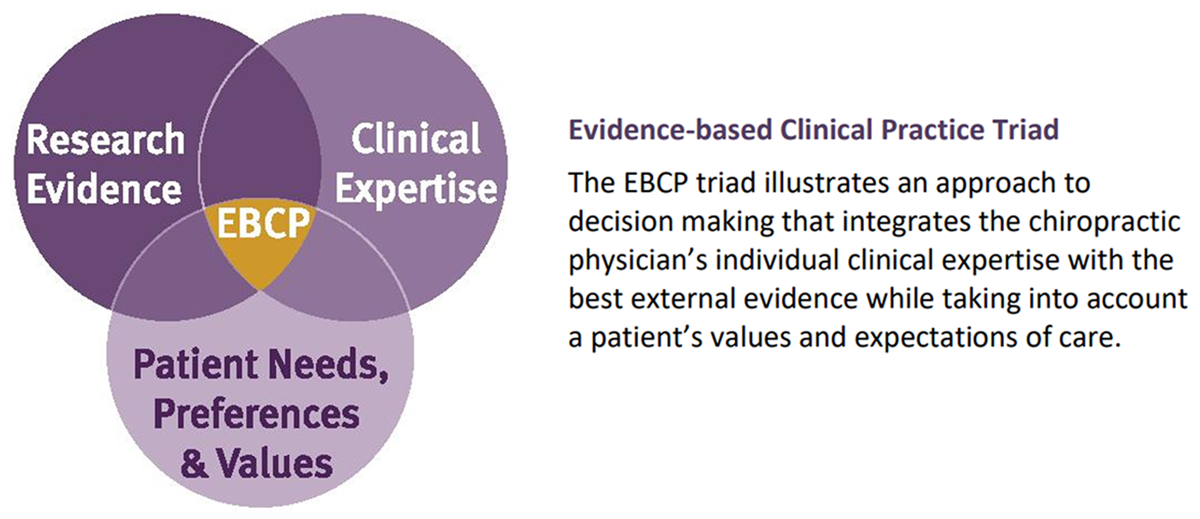Chiropractic Research: A Moral Issue
SOURCE: Dynamic Chiropractic ~ June 1, 2013
By Stephen M. Perle, DC, MS
This year I’ve had the opportunity to go to three great chiropractic research conferences; the Association of Chiropractic Colleges / Research Agenda Conference (ACC-RAC), the Fédération Internationale de Chiropratique du Sport (FICS) Congress and the World Federation of Chiropractic Congress. Seeing the wide range of both basic and clinical-science research made me proud to be a doctor of chiropractic.
In my time in the profession I’ve witnessed amazing progress in the state of chiropractic research. A little over 30 years ago I was a research assistant at Texas Chiropractic College. Our new research director at the time, Dr. Jay Simon, asked me to search for what research there was about chiropractic and manipulation. Hours in the library at TCC, Baylor Medical College and the Texas College of Osteopathic Medicine resulted in less original research than I saw and heard at these three conferences. I think the body of research is expanding in ways that will positively impact our management of patients.
This research is leading to a real Golden Age for our profession despite the battles we need to fight – and maybe because of them. I have worked with the American Chiropractic Association in helping reverse the decisions of a few insurance carriers that intended to discontinue coverage for certain conditions treated by chiropractic physicians. The reversal of those policy changes was based entirely on seeing the scientific evidence that demonstrated the safety and efficacy of our care.
We know so much more about the effects and clinical and cost-effectiveness of our interventions than I dreamed of while sitting in those libraries digging away to find any evidence. Yet despite being a research assistant in chiropractic college back then, I never really saw how research was going to benefit our patients, profession or me when I started my practice in 1983.
Soon after beginning to practice in New York City, an elderly gentleman came to see me regarding central canal stenosis. He showed me CTs that demonstrated the stenosis and asked what I could do for him. Nothing I’d been taught told me that stenosis was a condition could effectively treat, and I told him so.
Then in 1985, Drs. Kirkaldy-Ross and Cassidy published a paper in Canadian Family Physician [1] that was then republished in the Journal of the ACA. The study was an observational study of spinal manipulation for 283 patients with chronic low-back and leg pain. This series of patients included 11 people with central spinal stenosis. Four experienced clinical improvement in their condition from chiropractic manipulation of their low back.
Obviously this is not compellingly, robust research with only 11 subjects; nevertheless, it suggested that chiropractic care might have helped my patient from two years earlier. I realized it would have been better if I’d known this at the time, as I could have told my patient there was a 36-percent chance he would feel substantially better after a couple of weeks of care. Given the fact he’d had the symptoms for about 10 years, a couple of weeks more delay before undergoing surgery might likely have been worth his wait.
Reading this paper made me realize research could actually provide me with information that would help me help a patient. It also made me appreciate that we have the moral duty to help our patients. This changed my whole viewpoint on research and started me on the path to becoming a academic. I started subscribing to journals and reading them cover to cover. I pursued a master’s in exercise science to learn clinical research methods, and have tried to contribute my own research to our body of knowledge.
As a profession, we have the duty to conduct the research that tests the many hypotheses we have developed over more than a century of our existence. We cannot just say, “We’ve been doing this, let’s keep doing it.” We can’t just say, “I see it work in my office every day.” The lack of control makes it impossible to determine if the positive outcome we all see with our patients is actually due to what we do, rather than the other nonspecific effects of placebo, context and faith in us. This is a moral duty of our profession to ensure that those things we profess (to profess expertise is where the word profession comes from) have validity.
The goal of our research must be directed at benefiting the public, as professions are only given the right to function autonomously when they do so for the public’s benefit. Thus, from a moral standpoint, the purpose of any research we do cannot be to “prove chiropractic works.” From a scientific standpoint, if our purpose is to “prove chiropractic works” appropriately enough, no one outside of our profession will actually consider the results of such research to be of any great value, as the bias inherent in the research will be obvious.
Recently I received a spam e-mail suggesting the way to prove to skeptics and researchers the value of chiropractic is to do research that proves what we know works actually works. As I noted above, that kind of research won’t prove anything to anyone we really want to prove something to. Additionally, the e-mail didn’t seek donations for research funding; it wanted people to subscribe to for-profit chiropractic journals that would disseminate the research. Our profession does not lack vehicles to publish our research; we have enough journals. Our problem is a lack of researchers, research infrastructure and funding.
The demise of the Foundation for Chiropractic Education and Research left the profession in the U.S. without a chiropractic funding source for our research. Before the FCER disbanded, money for many of the studies it funded actually came from NCMIC. With the demise of the FCER, fortunately NCMIC has stepped up, done the right thing and created the NCMIC Foundation (www.ncmicfoundation.org). Having funded more than $14 million in research over the years, NCMIC plans to now raise the funds to have the NCMIC Foundation endowed with $25 million, enabling the foundation to preserve its endowment and have income that would fund about $1 million in chiropractic research annually.
You can do your moral duty and help fund chiropractic research that will test important hypotheses and provide seed grants to get our researchers on their way to obtaining federal research dollars. The next time NCMIC sends you your dividend check, sign it over to the NCMIC Foundation and help our profession discover the future of our profession through research.
Reference:
Kirkaldy-Willis WH, Cassidy JD.
Spinal Manipulation in the Treatment of Low-back Pain
Can Fam Physician, 1985 (Mar); 31: 535–540






Nice article. 10% of all collections we make in the month of June will be donated to the NCMIC Foundation.
That’s great Derek. Since the FCER folded, we’ve split our yearly tithes between the ICPA and one of the Chiropractic College Research Departments, but this NCMIC program looks promising. WTG.